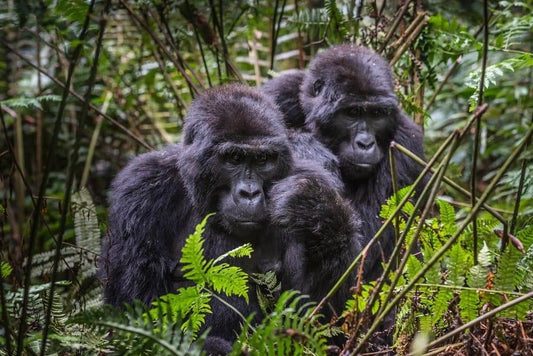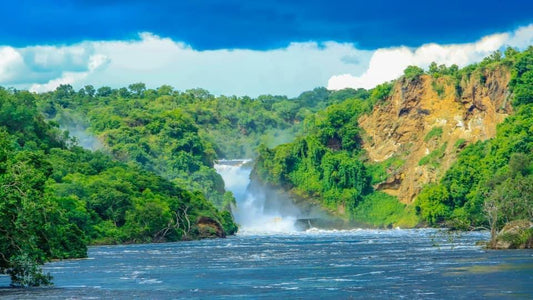Introduction
The Nile River, the world’s longest and most iconic river, has long captured the imagination of explorers, adventurers, and scholars alike. Its journey of over 4,000 miles through eleven countries has shaped civilizations, supported livelihoods, and inspired awe-inspiring tales. At the heart of this magnificent river lies a hidden treasure: the source of the Nile. In this article, we delve into the depths of Uganda’s stunning landscape to unravel the enigma of the Nile’s source, tracing its origins and shedding light on the historical significance and natural marvels that surround it.
The Equatorial Springs: A Hidden Gem
Uganda’s claim to fame as the source of the Nile River begins in a remote corner of the country, where the Equatorial Springs mark the birthplace of this legendary waterway. Nestled within the picturesque surroundings of Jinja, a town known for its rich history and vibrant culture, lies the tranquil and unassuming source of the Nile.
The Equatorial Springs consist of two main components: Lake Victoria, the second-largest freshwater lake in the world, and its outflow, the White Nile. Lake Victoria acts as a colossal reservoir, fed by numerous streams, rivers, and rainfall from the surrounding region. But it’s the White Nile, emerging from the northern shores of Lake Victoria, that takes center stage as the Nile’s primary source.
Exploring the White Nile’s Journey
The White Nile, so named due to its milky hue caused by suspended silt, begins its journey at Ripon Falls, a set of gentle cascades where Lake Victoria gives birth to the river. These falls, named after George Robinson, the 1st Marquess of Ripon, once marked the most conspicuous outlet from the lake, making it an essential trade and transport route for local communities.
As the White Nile departs from the tranquil embrace of Lake Victoria, it embarks on a winding odyssey that carries it through diverse landscapes, cultures, and ecosystems. The river meanders through lush wetlands, serene swamps, and vibrant papyrus stands, offering refuge to an astonishing variety of flora and fauna. The interconnectedness of these ecosystems is a testament to the delicate balance that sustains life along the Nile’s banks.
Historical Significance and Exploration
The quest to unravel the Nile’s source has captivated adventurers for centuries, with expeditions led by luminaries such as John Hanning Speke, Richard Burton, and James Augustus Grant. One of the most notable expeditions was Speke’s in 1858 when he successfully identified Lake Victoria as the primary source of the Nile, a conclusion that initially faced skepticism but was eventually embraced by the scientific community.
Speke’s discovery held profound implications for understanding African geography and history. The Nile’s source served as a crucial link in comprehending the river’s vital role in the development of ancient civilizations, particularly in Egypt. It was the annual flooding of the Nile that enriched the soil along its banks, facilitating agriculture and sustaining the mighty Egyptian empire.
Ecological Diversity and Conservation
Beyond its historical and cultural significance, the source of the Nile is a hotspot of ecological diversity. The wetlands, papyrus swamps, and forests surrounding the river’s headwaters provide essential habitat for countless species of birds, amphibians, reptiles, and mammals. It’s also a vital breeding ground for the enigmatic shoebill stork, an iconic and elusive bird revered by birdwatchers and conservationists alike.
Conservation efforts have gained momentum in recent years to protect the fragile ecosystems around the Nile’s source. Local communities, governmental agencies, and international organizations have come together to safeguard these habitats, ensuring the continued survival of the remarkable biodiversity that thrives in this region.
Conclusion
Uganda’s role as the source of the Nile River is a testament to the intricate tapestry of nature, history, and human exploration that shapes our world. The Equatorial Springs, the birthplace of the Nile, tell a story of interconnected ecosystems, historical significance, and ecological diversity that continues to inspire awe and wonder.
As travelers, scholars, and nature enthusiasts, let us embark on a journey of discovery and appreciation for the source of the Nile, cherishing its rich history, marveling at its natural wonders, and working diligently to protect its delicate ecosystems. In doing so, we honor not only the Nile’s legacy but also our responsibility to preserve the treasures of our planet for generations to come.




